The cultural influences on any great artist are all but impossible to disentangle. They are incredibly complex and only partly conscious. Sean Wilentz, however, has taken a brave stab at the task in the case of Bob Dylan in this book.
Wilentz is particularly good at evoking the aesthetic and intellectual ambiance out of which Dylan conjured his artistic personae. The direct influences may be tenuous or hard to document, but ideas are viral things — they can infect you even when you can’t pinpoint their source, because they circulate invisibly in the wind.
Wilentz’s task is made more formidable because Dylan’s art is based in the appropriation and re-synthesis of so many disparate things. Every image and idea that has ever flitted through his brain has a chance of turning up in one of his songs, transfigured or presented out of context, creating a new context. Historical elements are mashed up, as though past and present coexist, different genres and styles of American music get mixed up with each other, as do personal moods and contradictory ways of looking at the nominal subject of of any particular song, shifting from line to line.
Wilentz will identify component elements of Dylan’s art that you’ve already identified yourself, and suggest others that feel strange but plausible. The value of the exercise is simply to evoke what Dylan does — set your mind to reeling, set your heart to wondering, set your feet to dancing. In the end it’s not about what Dylan himself was thinking or feeling or evoking when he wrote the songs, but what he gets you thinking and feeling and remembering when you hear them.
I would personally take issue with some of Wilentz’s critical views. He is wise and fulsome in his appreciation of Dylan’s late-career work, but toes the general party line that none of it is as great as Dylan’s brilliant signature work from the 60s. I came of age in the glare of Dylan’s brilliant signature work of the 60s — it helped define who I am and I feel a special sort of fondness for it — but I think his late-career work, from Time Out Of Mind on, is far greater and more important.
Wilentz also writes respectfully and affectionately about Christmas In the Heart — which is more than most critics have — without fully capturing the magnificence and genius I see in that album.
In the end, though, Wilentz’s critical evaluations, spot-on as most of them are, aren’t the great virtue of his book. That virtue is reminding us to go back and listen to the songs one more time, because they change each time we hear them — because their dynamic is unstable, their centers shift . . . and we change along with them.

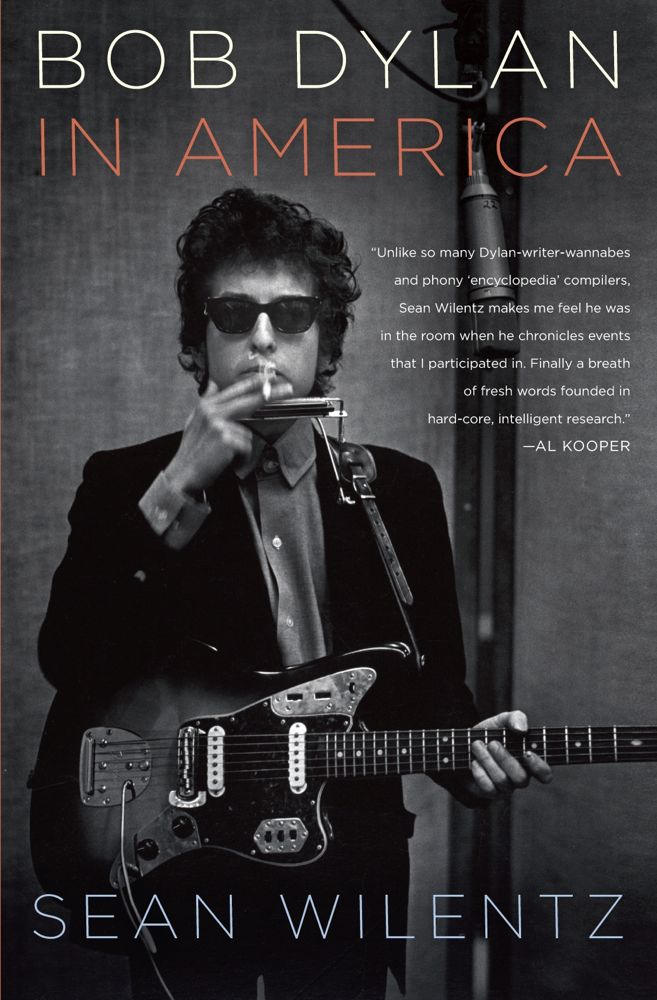
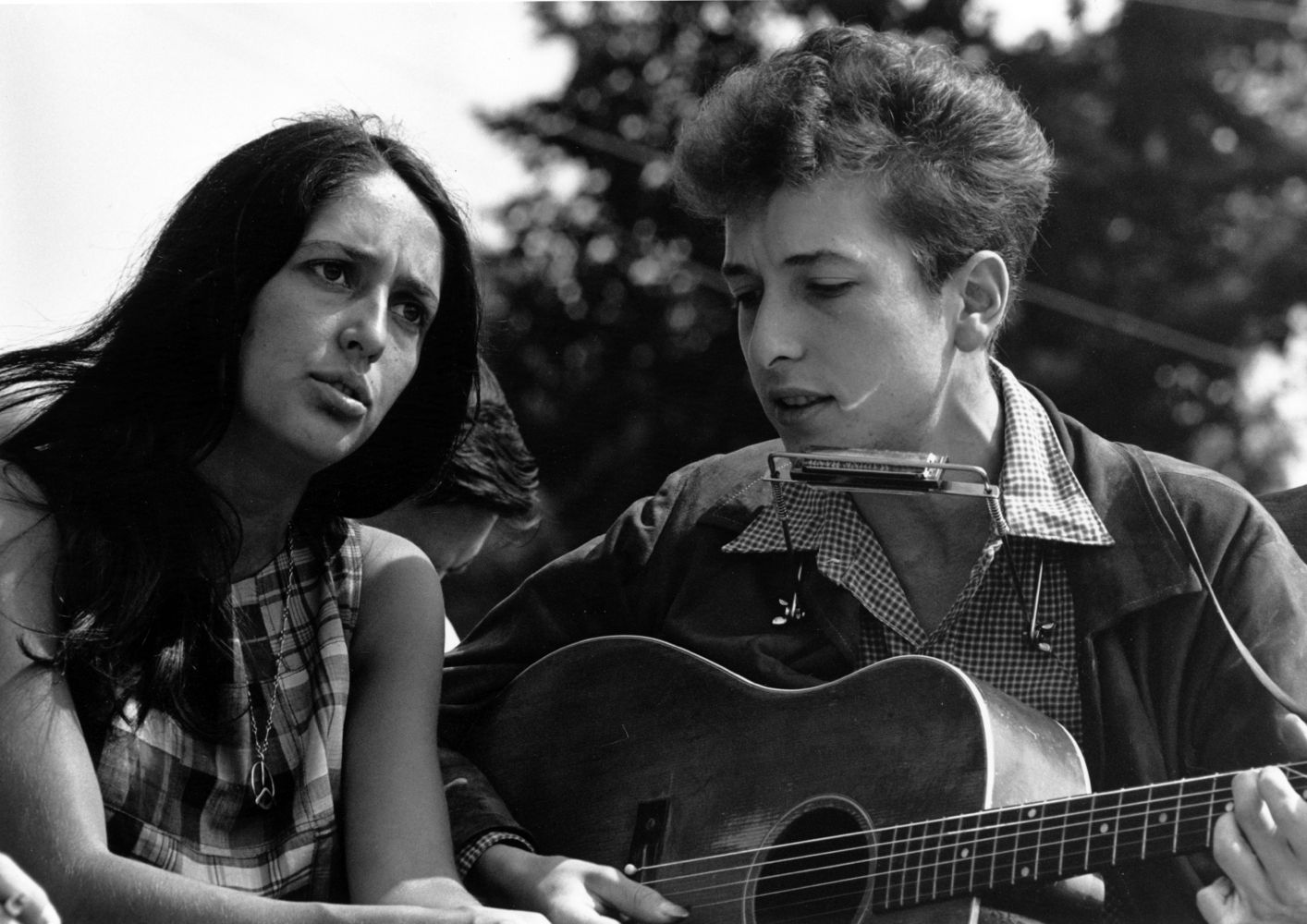
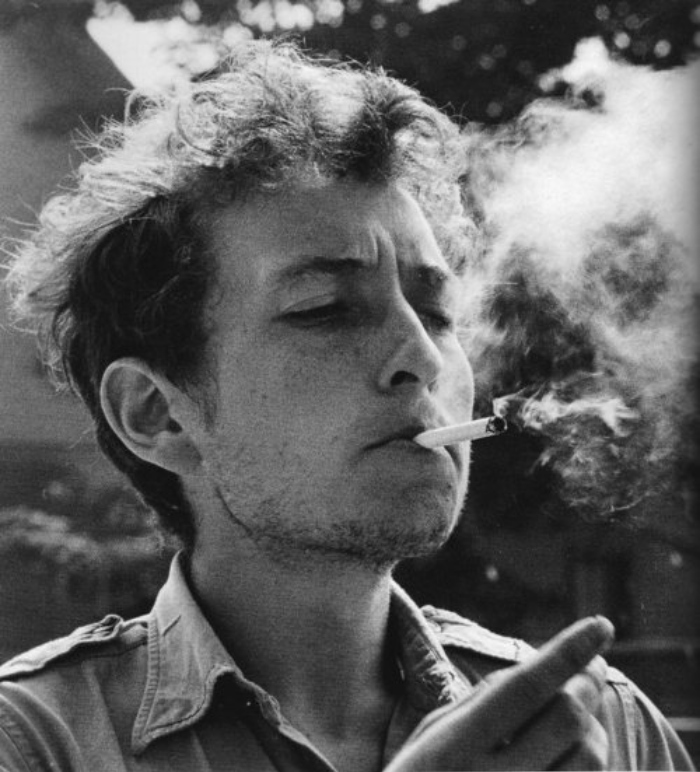
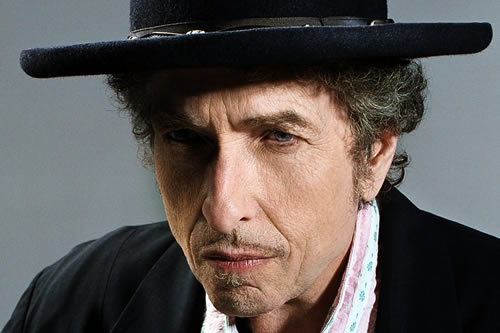
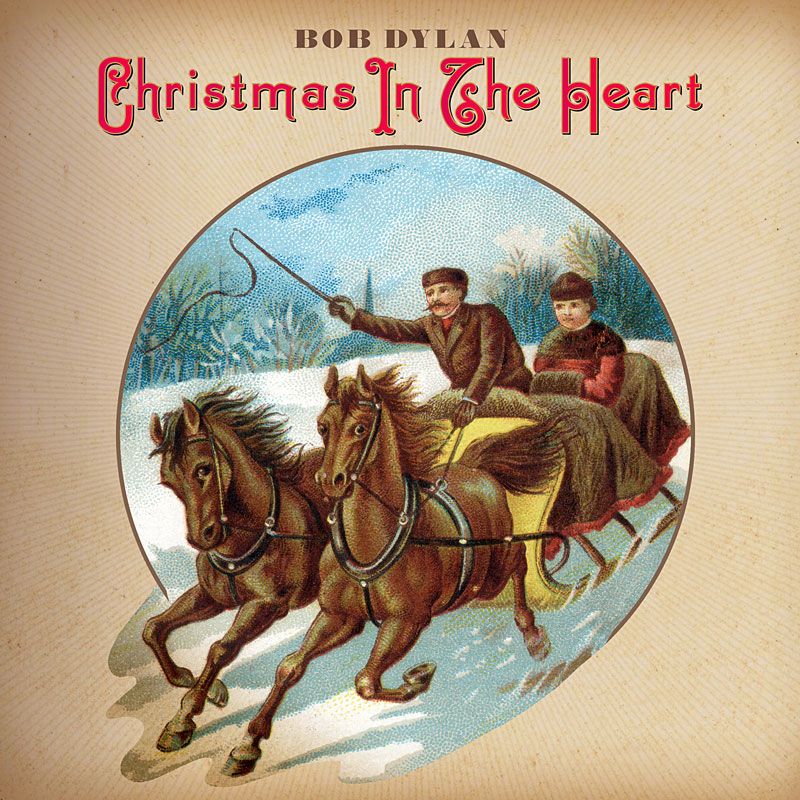
Greater and far more important. Those are big words, but I know what you mean. I’m always happy to hear someone say it.
Meinhard, I remember back on rmd when “Love and Theft” came out, I said it was Dylan’s greatest album since “Blonde On Blonde”, and people accused me of engaging in hysterical hyperbole. I don’t think it was, though, and since then my admiration for the album has only grown. I can understand people preferring Dylan’s work in the 60s to his work in other periods, as a matter of taste or temperament, but not as an artistic judgment.